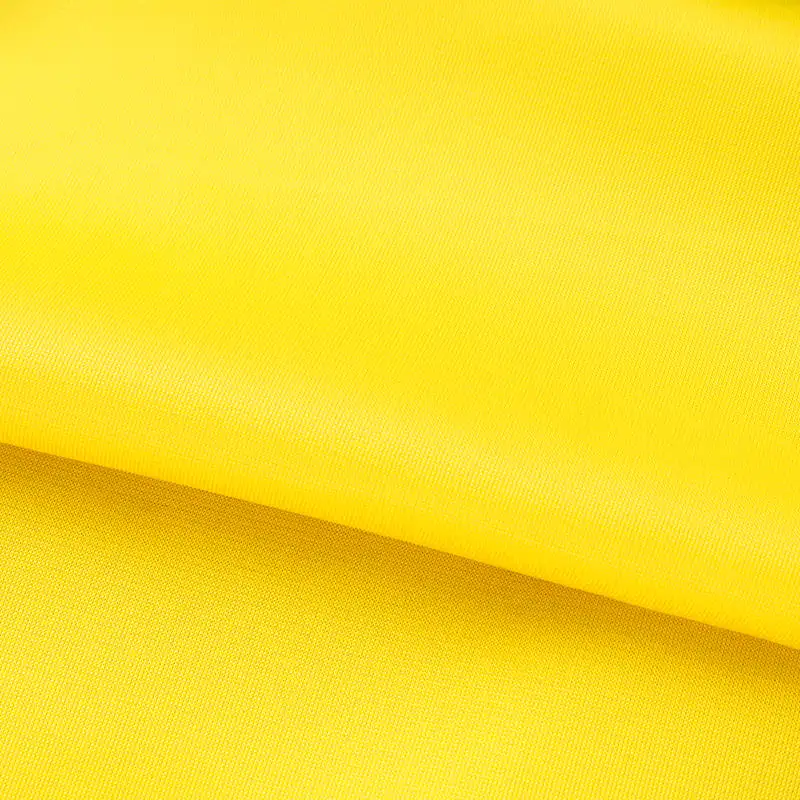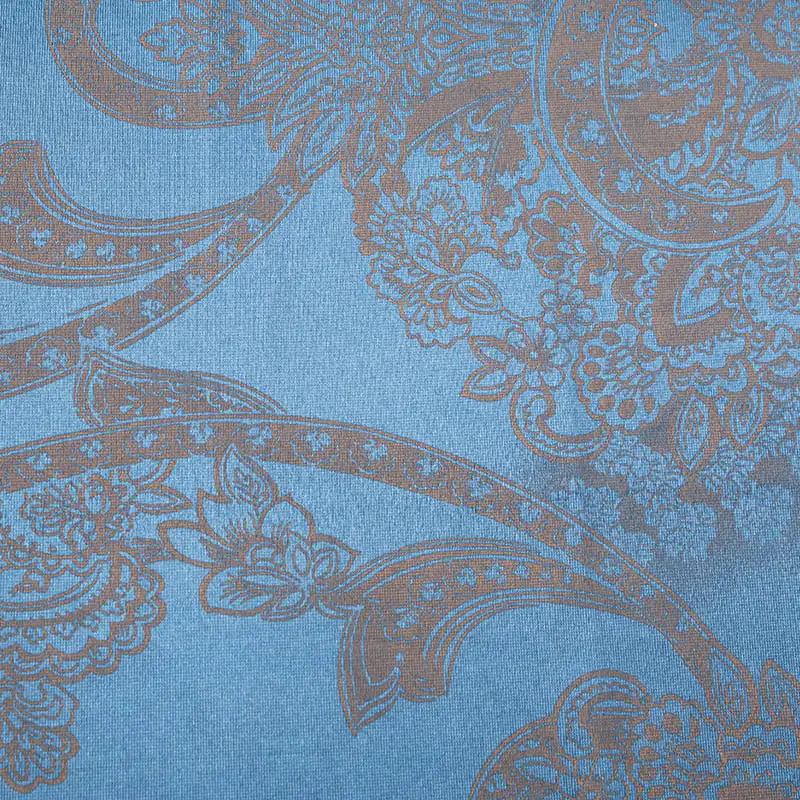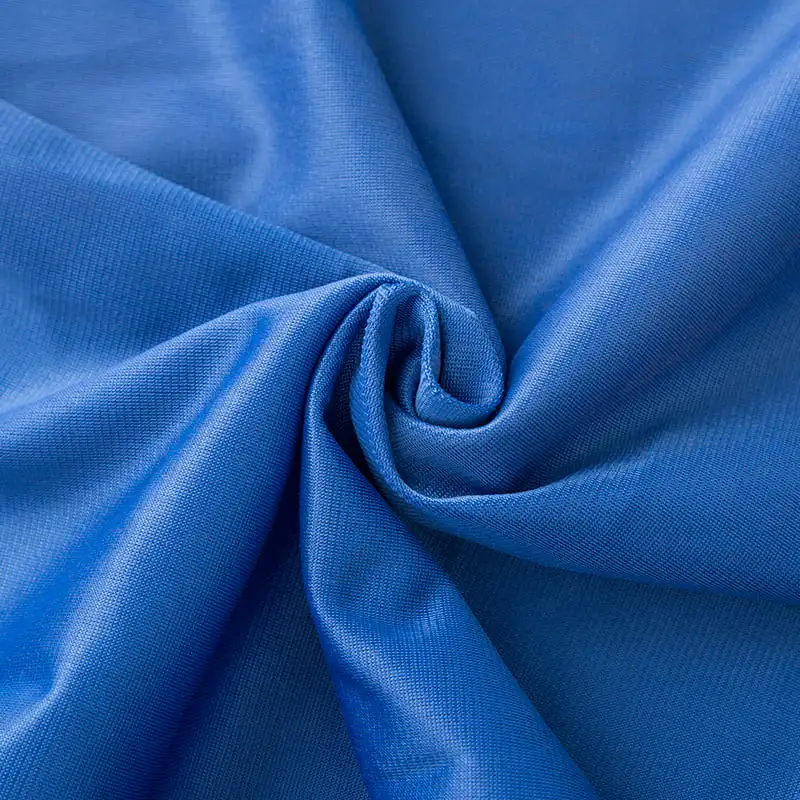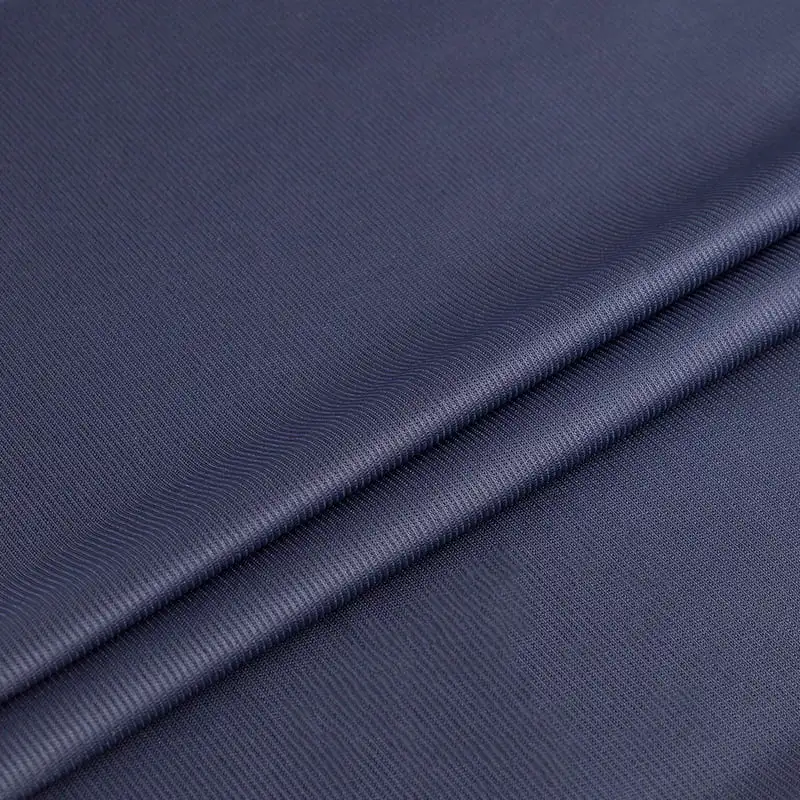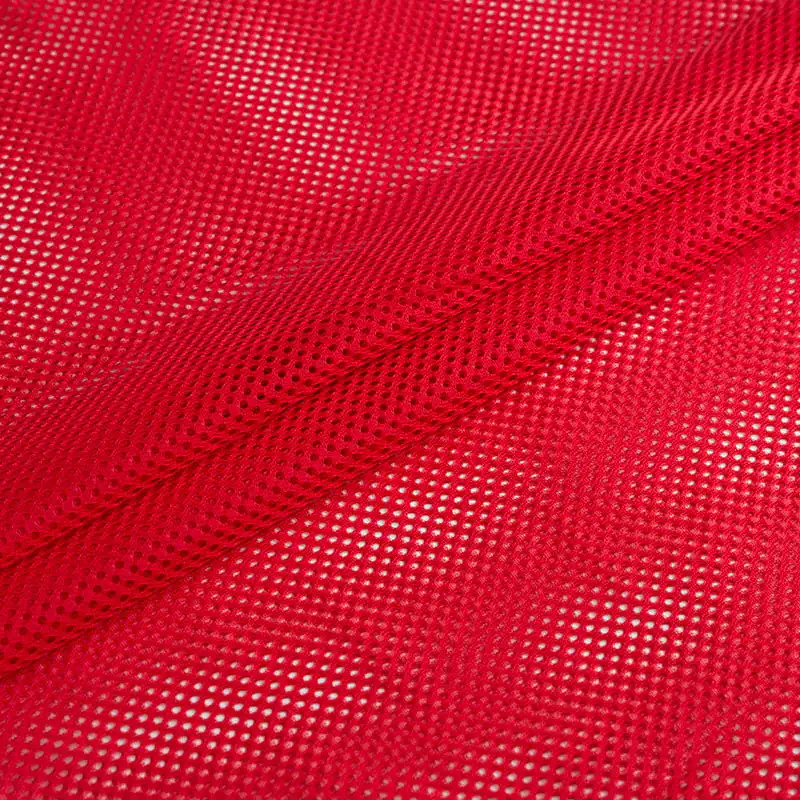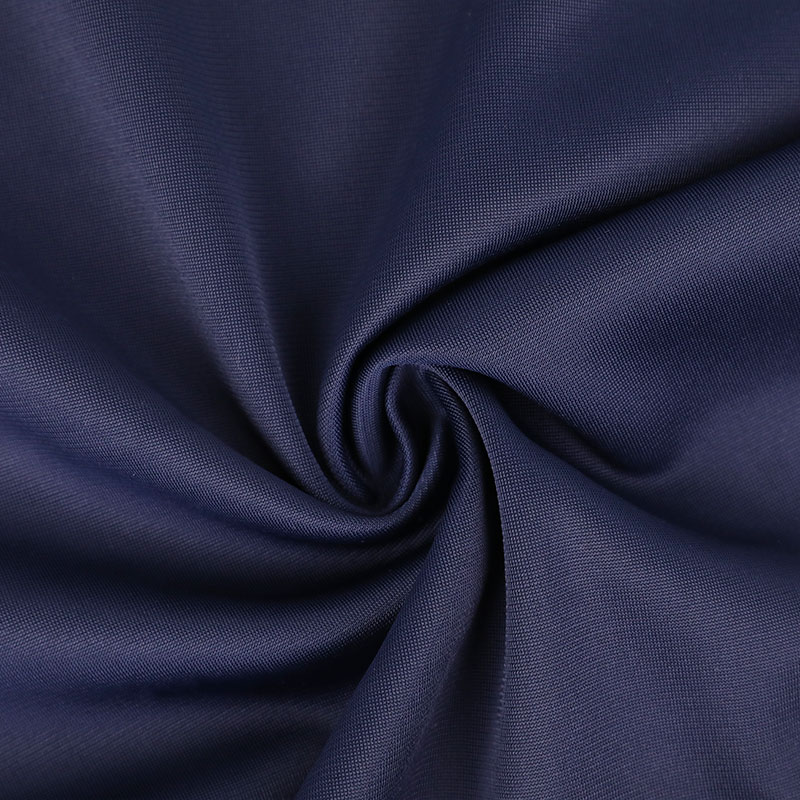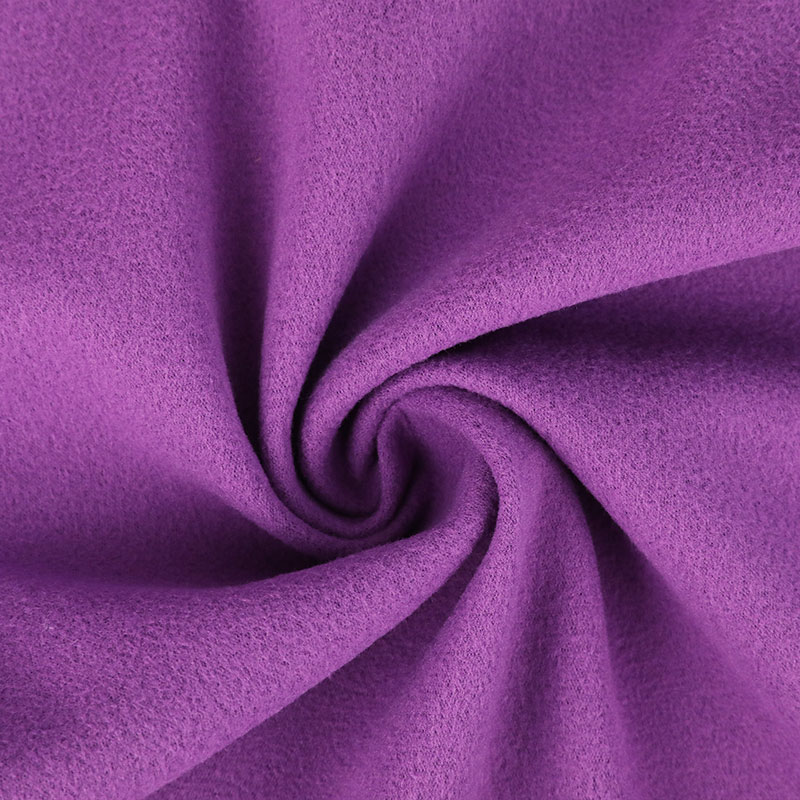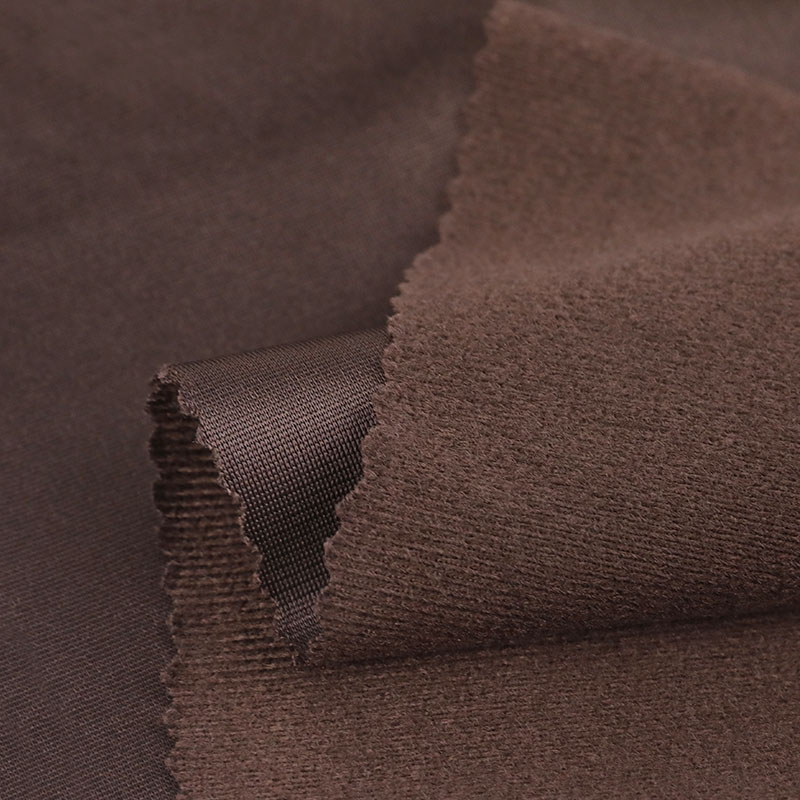The biggest challenge for fabric manufacturers in the early days of polyester was keeping the material comfortable and durable. At the time, natural fabrics were more popular than synthetics. Cotton held the biggest market share, followed by silk and wool. But it took years before polyester surpassed cotton as the world’s most popular fiber.
During the late 1980s, when polyester’s reputation was still tarnished, textile researchers began to develop products that were more comfortable and durable. These innovations, which included using new forms of ethylene to create more flexible, stretchy polyesters, helped the fabric become more widely accepted by consumers and apparel companies.
It’s not as easy to make a polyester garment that stretches and pops back into shape like it is with a bit of spandex, but companies are working on it. In the meantime, polyester is found in everything from microfiber towels to curtains and shirts. It’s also used to make safety belts, insulation for cars and homes, and industrial applications such as bottles, ropes, cords, boats, tarps, and food containers.
The polyester industry has grown into a global giant. There are about 10 thousand plants around the world that manufacture polyester yarn or staple fiber. Then there are ten thousand more plants that process it into fabrics or special additives such as stabilizers or colors.
Besides clothing, 100% polyester fabric can be used for a wide variety of other household items, including upholstery covers and bed sheets. It can be easily cleaned with a washing machine and is available in several attractive color combinations. Moreover, this fabric is extremely lightweight and can be reshaped after it’s been washed.
A downside to polyester is that it doesn’t breathe as well as other natural fabrics. This can be a problem for some people, and it’s important to keep in mind when selecting this type of fabric. For this reason, it’s a good idea to buy polyester that’s been treated to breathe better. Alternatively, you can always purchase moisture-wicking polyesters, which are great for work out and leisurewear. Polyester is flammable, so it’s also best to avoid using it near open flames. This will help prevent fire hazards and keep the fabric looking its best for a long time. Lastly, be sure to store polyester fabric in a dry place. This will help prevent violent friction during the wash cycle and protect it from stains and other problems.
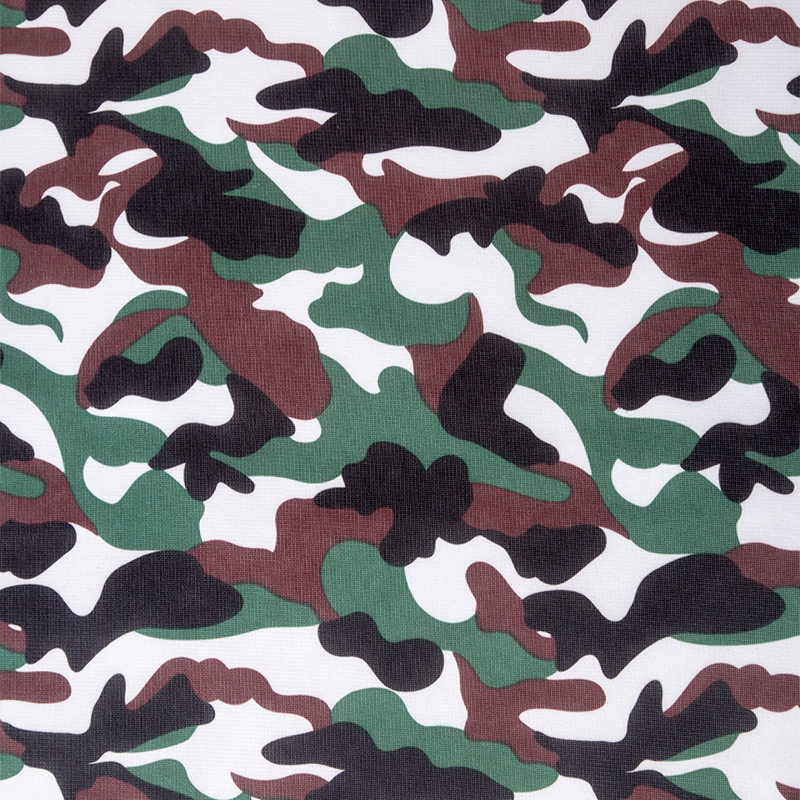

 English
English Español
Español